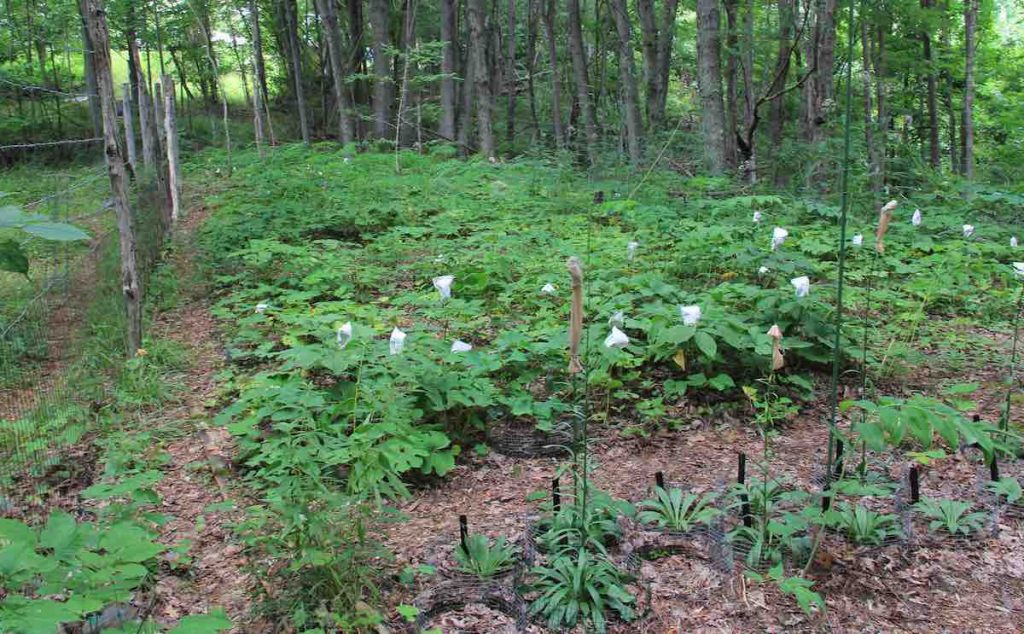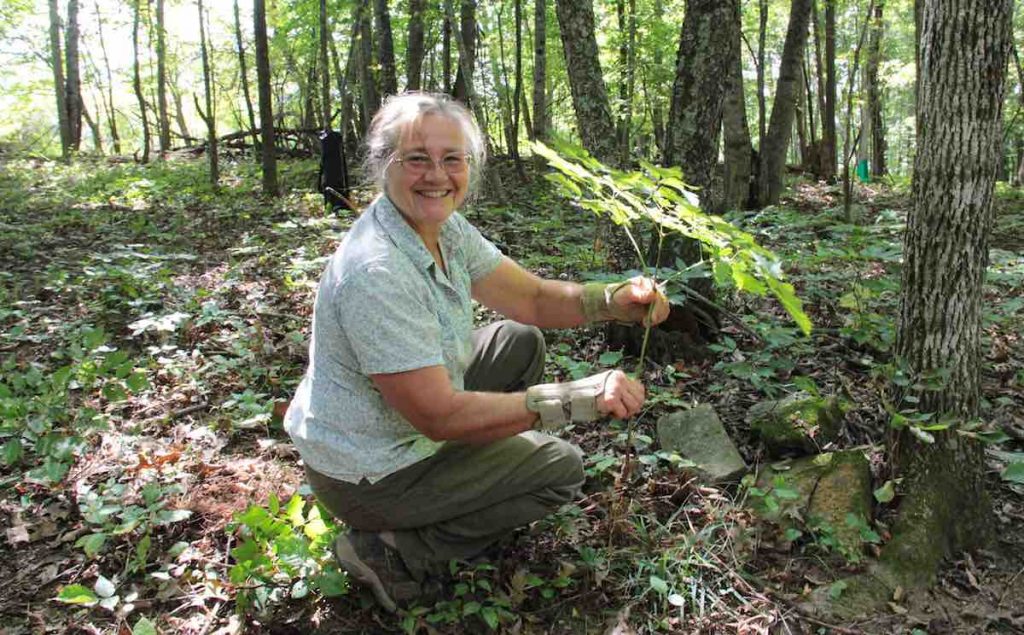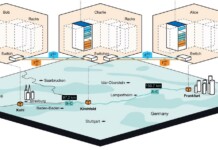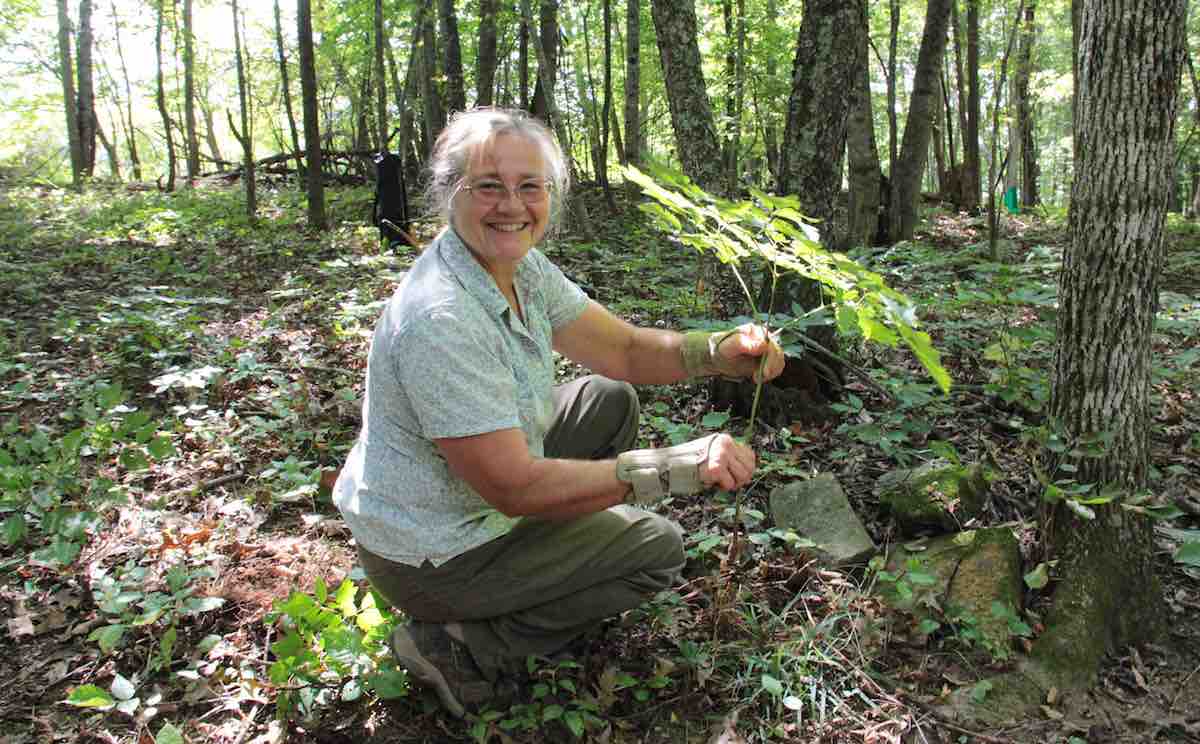(Continued from page 1)
They understand that the panoply of modern farming practices are almost entirely detrimental to soil health, the health of the environment in which the farm sits, and—when practiced globally—the health of the planet.
These practices include herbicide and pesticide use, clearing of trees and hedgerows, and as explained by Dr. Williams on his website joyce-farms.com, even the practice of tilling – something which goes back thousands of years, but serves to destroy and diminish soil nutrients and quality.
Leopold wrote that “the science of land health is yet to be born,” and now, 100 years later, climate change has placed land health firmly in the mind of forward thinking agriculturalists across Europe and North America.
Moving in the Right Direction
Movements toward agroforestry, meaning the reunion of the forest and the farm, are thoroughly taking hold in Europe. 59,400 square miles of land (15.4 million hectares) is currently utilized in Europe for agroforestry, of which 15.1 million is livestock agroforestry. Much of this kind of farming is done in southern countries like Spain, Portugal, France, Italy, Bulgaria, Greece, and Romania.
In the U.S., the 2017 Census of Agriculture found over 30,000 farms utilizing agroforestry practices, mostly in states as varied as Texas, Virginia, Oregon, Missouri, and Pennsylvania.
“Conserving the forest we have is really critical, but someone might be tempted to clear the forest if they feel like they need income from the land. We’re trying to say that there are things you can do to retain that existing forest,” Steve Gabriel tells the BBC. Gabriel is a mushroom and agroforestry specialist at Cornell’s Small Farms program, who also runs his own forest farm.

“When you’re cutting mushroom logs and making habitats for woodland medicinals, you’re doing good management. You end up with a healthier forest, and you’re often creating a better habitat for wildlife as well”.
Endangered forest floor species like American ginseng and others which are popular among foragers and herbal specialists, but are slow growing, have a chance to recover and even thrive amid the shade of an agroforestry acre—while landowners can grow a cash crop.
In the heart of Appalachia, a mountain ecosystem with a rich tradition of forageable, decorative, and medicinal plants, these processes and opportunities are taking root under the guidance of the Appalachian Beginning Forest Farmer Coalition. They provide an opportunity for farmers and landowners in Appalachian states to expand revenue sources by replacing wild harvests with forest cultivation.
4-Dimensional Farming
In the United States, movements towards multi-layer cropping and agroforestry are supported by the USDA and have been led by permaculture pioneers like Mark Shephard, author of the award-winning book Restoration Agriculture: Real World Permaculture for Farmers.
On his 109 acre farm in Viola, Wisconsin, Shepard has created one of the most successful and ambitious agriculture models in the U.S. Here, he is “redesigning agriculture in nature’s image.”
As beautiful as anything a landscape architect could envision, the 4-dimensional farm seeks to mimic the oak savanna biome. Shepherd starts with the oak, but the idea is that big nut-producing hardwoods like oaks, chestnuts, hickory, and walnut trees create a canopy, under, beside, and in between smaller trees like cherries and apples.
On the ground level, elderberries, chokeberries, and other food producing shrubs cover asparagus, rhubarb, and other shade-grown vegetables. Finally, the shade and low temperatures allow for the cultivation of a variety of mushrooms and fungi for food and medicine, and medicinal plants like wintergreen or ginseng.
Between the tree crops, the paths covered in grasses and wildflowers are grazed over first by cows to manage the grasses and pigs to manage the nuts that aren’t harvested, then turkeys which do a great job of cleaning up the insects which flock to the manure, with sheep and chickens bringing up the rear.
These systems work together on Shepard’s New Forest Farm to build soil microbial diversity, produce a ton of varied food sources, diversify habitat, bring wildlife back into agricultural environments, improve water retention, increase the health of local waterways, and sequester CO2 carbon.
New Forest Farm is entirely solar and wind-powered with farm equipment powered by biofuels produced locally from sources outside the local or national food system, meaning inedible agriculture products.

As Shepard’s success demonstrates, converting mono-crop farms into multi-layered farms using principles of land-management and agroforestry is a win-win-win-win for the climate crisis, ecosystem health, wildlife diversity, and human health—which thrives on nutrient dense food.
This blending of managed and natural processes was of obvious necessity to Leopold when he concluded:
“Harmony with land is like harmony with a friend; you cannot cherish his right hand and chop off his left. That is to say, you cannot love game and hate predators… The land is one organism.”
Return Back to PAGE 1 to SHARE the Green News on Social Media…





















‘..with 5% going to livestock feed, and even less onto the plate of humans.’
Try 50%
I think this may have been a typo